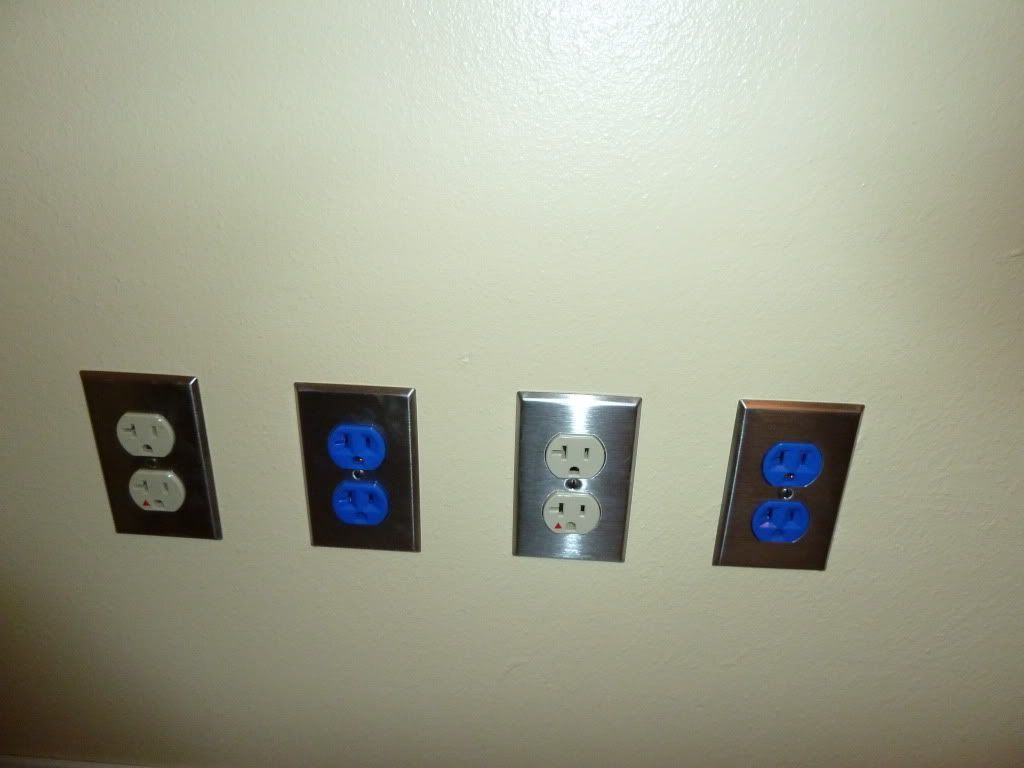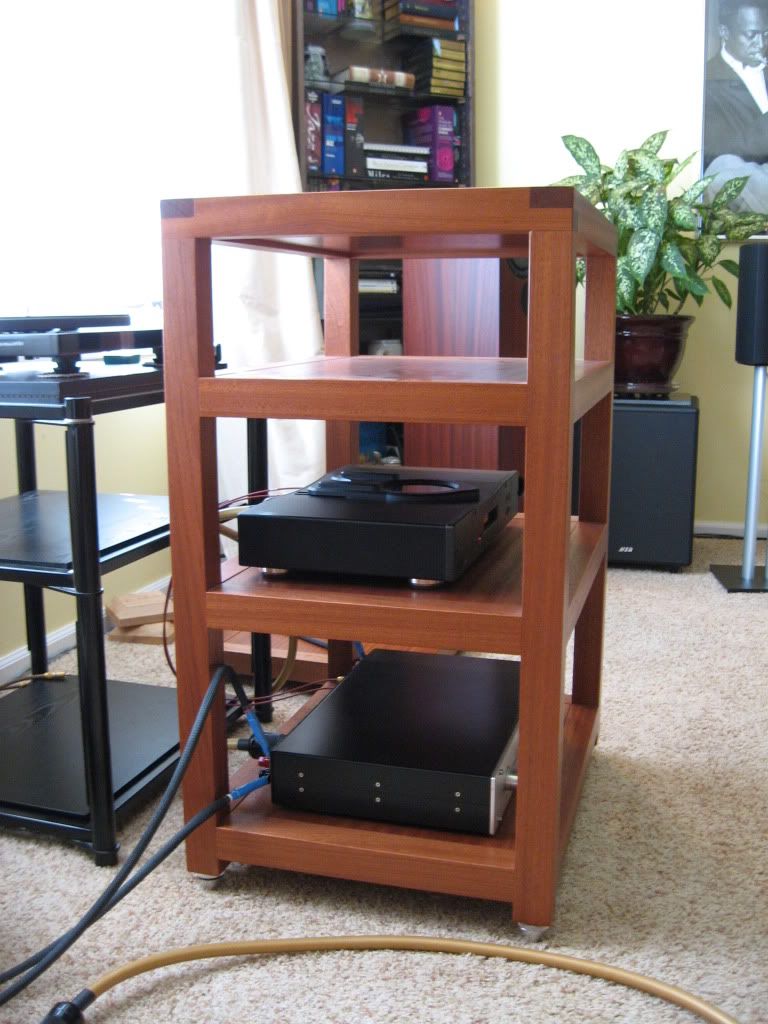Being an electrical engineer, you're not wanting to hear my thoughts on this. Strange the mention on lower noise floor, as it's 120v, 60 hz AC, which is pretty darn noisey in the audio world. All the DC conversion/filtering is done within the equipment itself, but it's your money. I run a dedicated 20 amp circuit from the basement breaker panel for my system, and even use larger #10 Romex. Now this is something worth doing on a high power system. Like anything, it all starts at the beginning of the chain.
I agree. I did the same thing, putting in a dedicated 20A circuit to the Audio system. I don't understand how putting a fancy power lead between the the wall outlet and the equipment can make a difference - although possibly there could be a difference if the 'old' power cord was of a smaller size wire than the house wiring from the breaker panel. For most homes, you have either 14 gauge (15A) or 12 gauge (20A) el-cheapo house wiring behind the walls, running from the breaker panel to your audio room wall outlet. Regardless of what you do, your AC power feed is nothing more than that.



